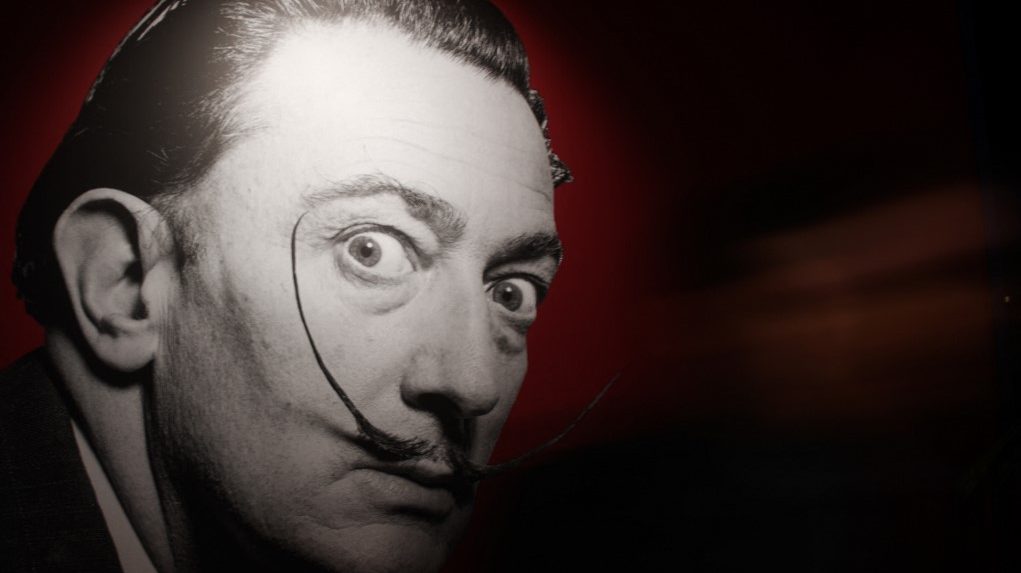Cultivation of creativity can really be helped by the sleeping technique of the famous painter, Salvador Daliand inventor Thomas Edison Also used with preference – Livescience writes. The method is based on the fact that one wakes up at a certain stage of the sleep cycle, when reality merges with fantasy. Recent research indicates that science supports practical experience.
The geniuses Daly and Edison, perfecting the method, grabbed a device such as a spoon or ball for sleeping, which fell out of their hands in their sleep and made noise. They woke up to the noise and immediately went to work, thinking they were the most creative at such times.
Hypnagogy (N1) is a state of transition from wakefulness to sleep when the mind is still searching for a logical explanation for various sensory impressions. It only takes a few minutes after falling asleep, but a science progress Published in a scientific journal study It could be the perfect creativity cocktail. According to researchers at the Paris Institute of Technology, a person spends only 5 percent of their sleep at night during this phase, and
In N1, you can imagine shapes, colors or even pieces of dreams before your eyes closed, and yet you can hear things in your room. It is quite different from the patterns that appear on the borders of dreaming and waking. The researchers experimented with 103 people to see if the method affected the ordinary mind in the same way as the aforementioned geniuses.
The participants had to solve a mathematical example with two bases available, who realized that the second and eighth numbers in the number line were always identical, and could solve this example much sooner. Those who recognized this connection used their creativity as they were not directed to solve the task in this way.
In the first half of the experiment, participants had to solve ten examples of this math, after which they were given a twenty-minute break in which all they had to do was sit down and hold a glass of water. When they stumbled, the glass fell and woke them up. Brain function was also monitored using an EEG during the research.
In the second part, participants had to solve the math examples again, but now those who bounced back and spent at least 15 seconds in the N1 phase had an 83% chance of discovering the hidden rule, while those who stayed awake worked out only a 30% success rate. If participants continue to sleep and reach the N2 level, the effect disappears.
The participants were also asked what they saw in the few seconds they slept: there was a person who saw a horse in the hospital, and there was an old man who also solved a math task that he had done. There were those who evoke geometric shapes and colors.
According to the researchers, this indicates that the N1 sleep state should be better studied.












































